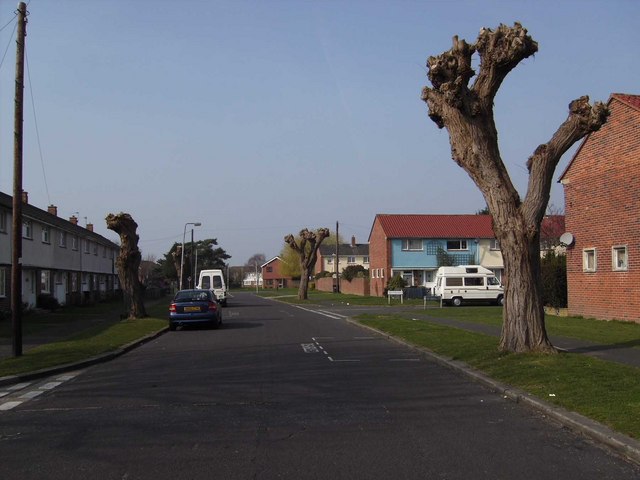
“Lion’s tailing” is the practice of removing all of the interior branches and foliage of the tree, but leaving branch tips untouched during pruning. This process results in excessive end weight, which will lead to branch bowing and an unhealthy structure that is highly vulnerable to the strain placed on it by rain and wind. Because so much material is removed, it can also cause the tree to be more susceptible to sunburn and disease. Because interior branches are missing, the only place a lion’s-tailed tree can grow is at the tips, so branches will just get longer and more heavy at the ends.
What to do instead
A qualified, experienced arborist will generally focus more on thinning out the outer branches and foliage while leaving the interior untouched as much as possible. This allows for the tree to develop a strong structure that can withstand the powerful monsoon season storms that we sometimes get in the Phoenix area.
Crown restoration
After a tree has been lion-tailed, it’s necessary to begin a process of restoration that involves slowly pruning back branch ends while allowing interior branches to grow. At some point, interior branches will need to be thinned out in order to focus more resources on fewer branches. The crown restoration of a lion’s-tailed tree generally can not be done all at once, but must be done in phases because removing the ends of a tree that has already been gutted could be catastrophic.


